Tracing the history of whiskey in Ireland
By: Ann Ruppenstein
Over the last decade and counting, Irish whiskey has experienced a major renaissance, going from a mere four distilleries to 38 distilleries across the destination. But did you know Ireland has a deep history when it comes to whiskey?
“The first written records of whiskey distillation go back to the early 14th century, books like the Red Book of Ossory, written in 1324 in the Irish city of Kilkenny was written by a holy man,” says William Lavelle, the head of the Irish Whiskey Association. “It was monks and holy men who started that tradition of whiskey distilling. And the records are there in Ireland 200 years before any such records in Scotland. It was those monks and holy men who brought that tradition to Northern Ireland and then Scotland.”
In fact, whiskey’s namesake can be attributed to Ireland as well.
“Ireland is also where whiskey got its name. Aqua Vitae or the water of life, which was the name given to the first distillate, was known in the Irish language as uisce beatha [pronounced ‘ishka bah-ha’], which was anglicized to whiskey,” he says.
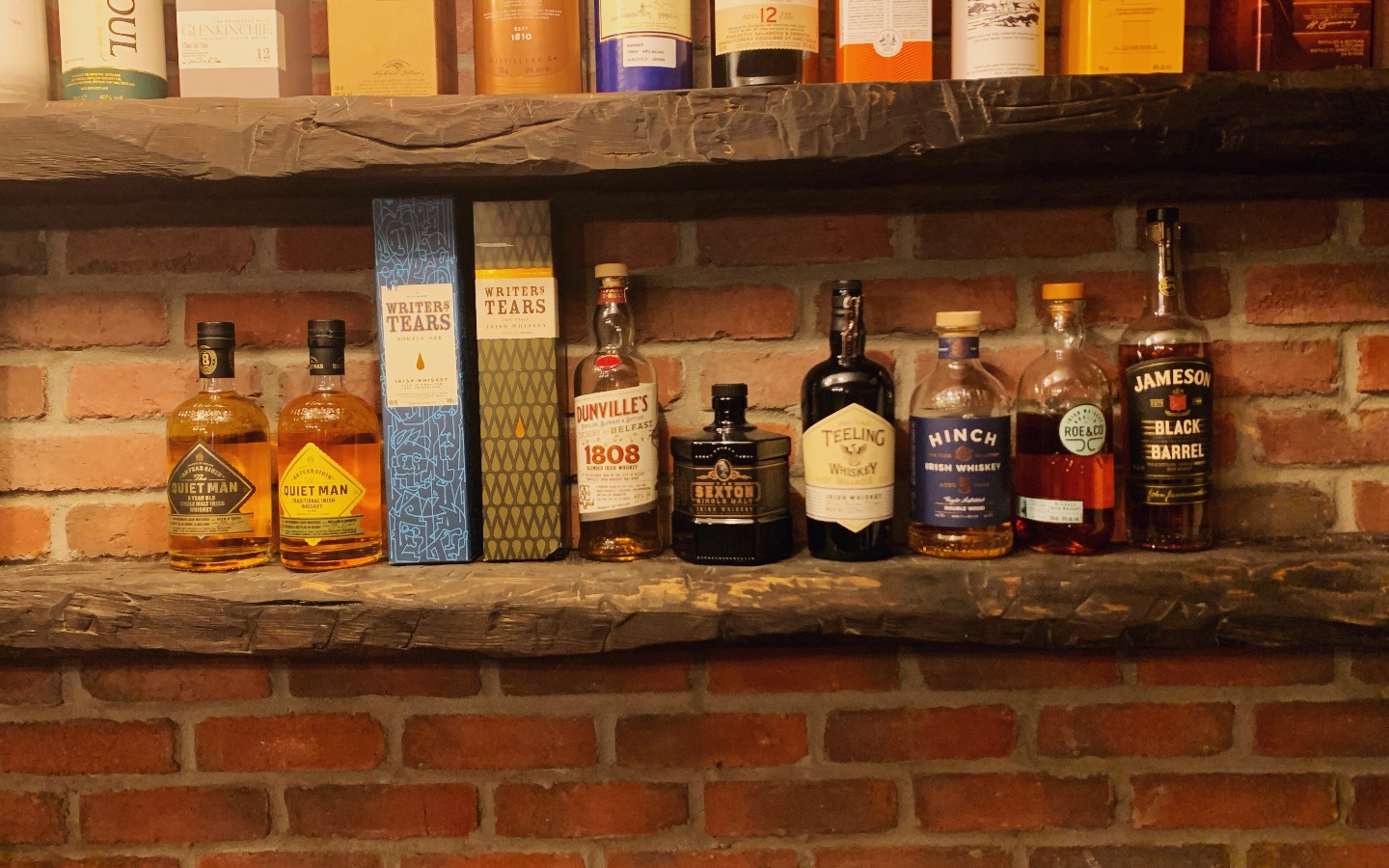
Today, Irish whiskey is on track to outpace sales of Scotch in America.
“Since Ireland has been making whiskey longer than any other nation, I suppose we’ve had more time to perfect how we make whiskey,” he says. “Our master craftsmen, our distillers and their blenders, have more ways to make whiskey. We have double and triple distilled whiskeys. We have more base types of whiskeys, it’s not just malt and grain, but also pot still. Irish whiskey has become a world leader in cask finishing.”
Back in the 1800s, Ireland was the biggest producer of whiskey around the world. This fell apart due to wars, trade wars and the prohibition.
“The 20th century, it was a lost century for Irish whiskey, but the growth now is phenomenal. It’s a really exciting time for Irish whiskey going forward,” he says. “It’s really great news for us that Irish whiskey is doing so well in Canada. In 2017, 2018 and 2019, the sales from Irish whiskey in Canada grew by 44%. Canadian consumers are really flocking to Irish whiskey and we hope that will continue.”
Until travellers can visit these distilleries in person once travel resumes — here are several ways to bring the flavours of Ireland home.
The Sexton
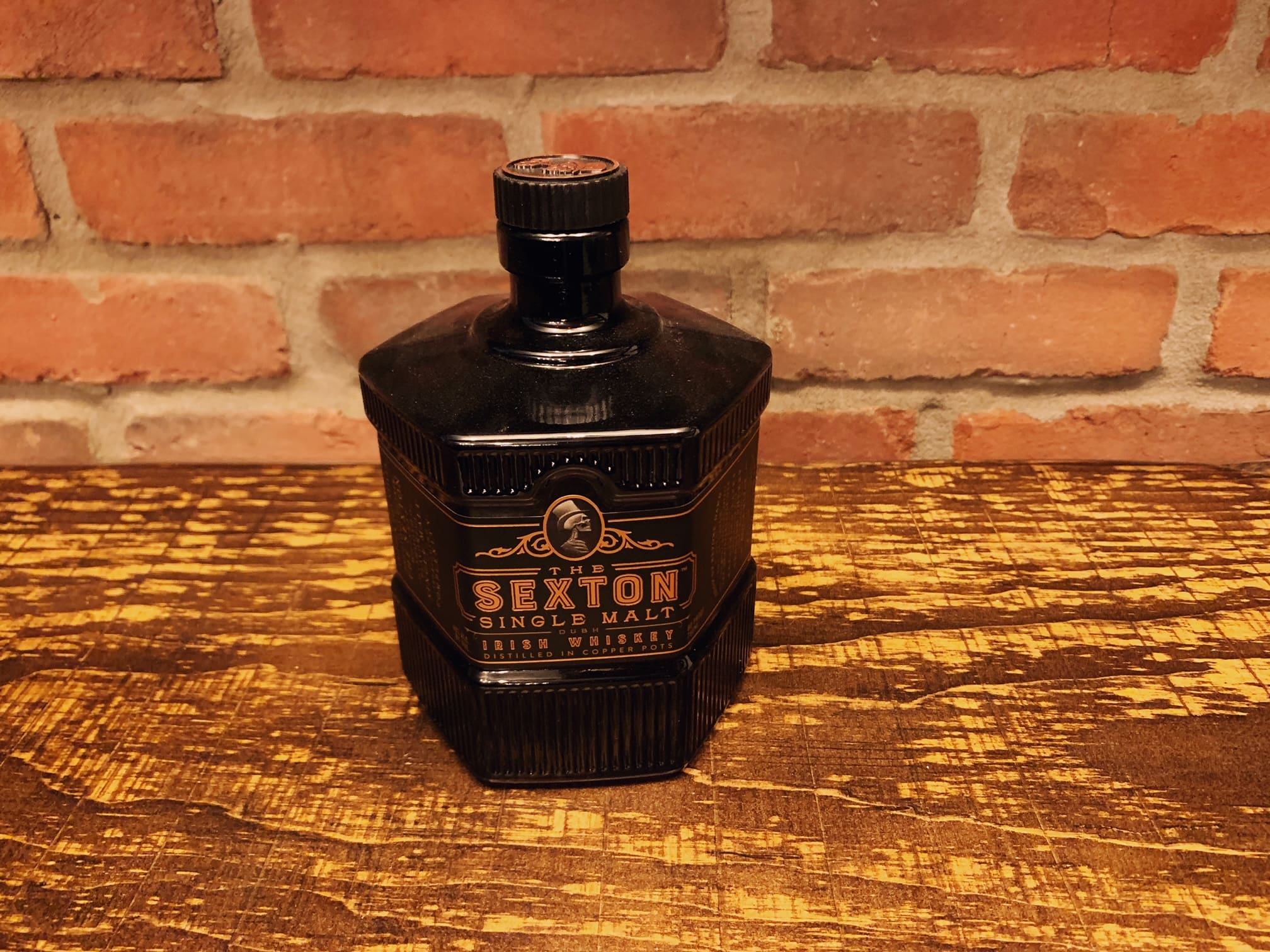
The Sexton is a 100% Irish single malt, triple distilled in copper pot stills and exclusively aged in only Oloroso Sherry casks. While single malts are traditionally aged for 10, 12 and 16 years, Master Blender Alex Thomas found she could bring out the whiskey at a younger age with the right cask.
“The Sexton is actually a minimum of four years in the cask but it’s the flavour profile that I look for,” she says. “The name came from Medieval Latin. I wanted it to represent what we do in the industry — The Sexton is the caretaker of precious things. And that’s what I am, I am the caretaker of this amazing whiskey when it’s in the cask and you become the caretaker when it’s in your glass or in your bottle behind the bar.”
Thomas says the bottle represents the “amazing Giant’s Causeway stones” and is purposely black.
“The best day as a Master Blender and Distiller is the day you release the spirit for the very first time. You get this amazing colour,” she says. “You get to smell all the beautiful flavours coming through and you get to taste it for the first time. So you get to experience a little bit of what I do every day.”
Thomas reports The Sexton is now the No. 1 selling Irish single malt in America.
“People in Canada are embracing it now and to see it out around the world is just a dream come true,” she says.
On the nose:
“Lovely rich dark colour that comes through from our Oloroso Sherry casks. Really rich and vibrant. On the nose, you’ll pick up that lovely honey malt, those hints of dark chocolate and you may even pick up hints of marzipan depending on your nose. Everyone will pick up something slightly different.”
On the taste:
“On the taste, for me, that’s when The Sexton really comes alive. Beautiful fruits coming through from the Oloroso, raisin, little bit of spice, little bit of nutmeg. Finish, the smoothness coming from our triple distillation. Just lingers long enough for you to want a little bit more.”
Final thoughts:
“The wonderful thing about The Sexton is people are embracing it exactly how I hoped it would be — it’s a whiskey for those if you want to sip and drink neat, add a little ice, open it up with a bit of water or a little mixer like I have – ginger ale. The cocktail industry has really gotten on board with it.”
The Sexton retails for $49.95 at the LCBO.
Dunville’s 1808

The Echlinville Distillery, which produces the Dunville’s brand, became Northern Ireland’s first licensed distillery in over 125 years.
“In 2010, there were four distilleries [in Ireland]. In 2012, in Kerry, Dingle, No. 5 [opened] and we were No. 6… six of the 38 that are now in existence,” says Stephen Magennis, the head of global sales. “It’s hard to believe within that short period of time how Irish whiskey has grown in terms of distilleries but also sales, which is amazing for us all working in this industry.”
With owner Shane Braniff coming from a farming background, creating a field-to-glass distillery was key to their operations. All of the barley used in production comes from a few mile radius in The Ards Peninsula.
“Dunville’s is a brand that’s synonymous with Irish whiskey and it’s synonymous with Northern Irish whiskey,” he says. “There are two names within Northern Irish whiskey going back generations and it’s Bushmills and Dunville’s. Dunville’s was the spirit of Belfast, the distillery going back to 1808. Dunville’s Distillery closed in 1936 — but it left a legacy that is still there today.”
In its peak, Dunville’s accounted for 1/4 of the Irish whiskey sold around the world. Since the small family-run business is operating on a much smaller scale today, he says they set out to bring the brand back to life with quality over quantity.
With the 1808, which pays homage to the original distillery of 1808, they set out to release a blended whiskey of 4-6 years.
On the flavour profile:
“We call it a modern blend. Irish whiskey is spicy. We wanted our blend to be spicy, a lingering white pepper spice. The pot still that we make within Echlinville is quite heavy on that white pepper spice. That’s the style of whiskey we want our products to be. It’s a modern mix between our new distillery and our old historical brand that dates back to 1808… It has all the lovely ripe fruit of what you get across a lot of blended Irish whiskey where there’s a lovely vanilla, fruits, apples and pears, a lovely citrus fruit as well, but maltiness as well. We wanted the finish on this to be perfect but we wanted that spiciness to come through.”
Dunville’s 1808 is not yet widely available across Canada, but Dunville’s PX 12YO Single Malt Irish Whiskey, their most awarded, is available at select LCBOs for $198.30.
The Quiet Man
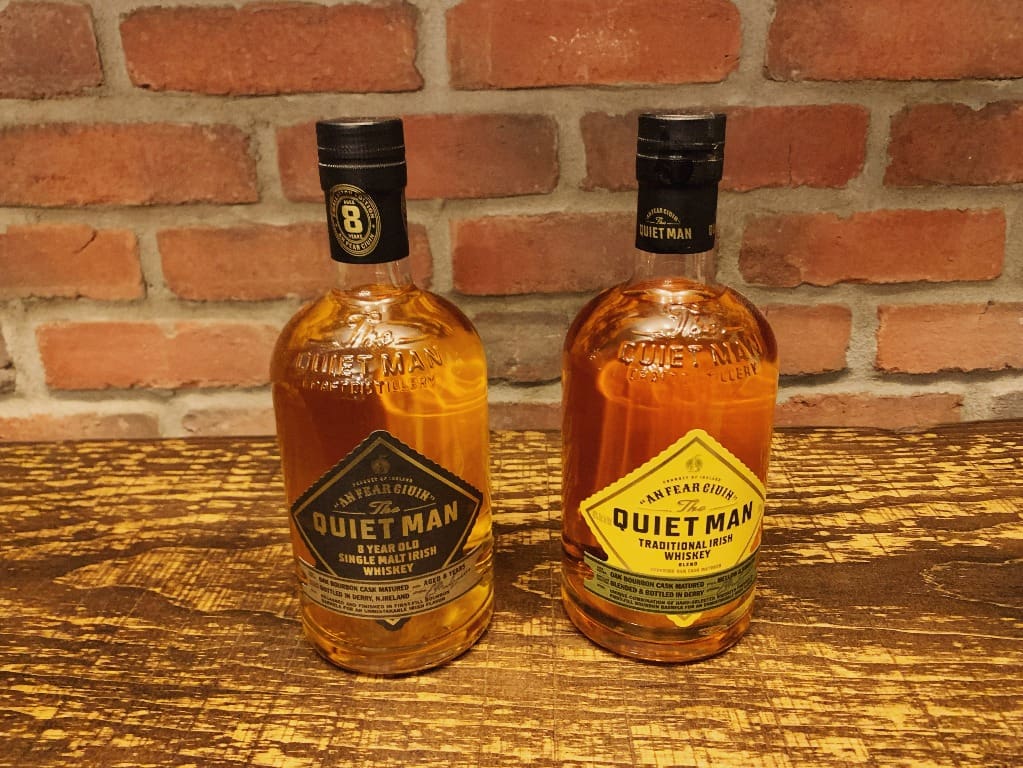
The Quiet Man is named after John Mulgrew, a man who spent 50 years working in the pubs of Belfast. While a bartender sees a lot of things and hears a lot of stories, Mulgrew was known as “The Quiet Man” because he never shared these tales.
“Our previous owner and now our operational manager Ciaran Mulgrew always had a hankering and wanted to make his own Irish whiskey or certainly bottling his own Irish whiskey,” recalls Greg Meffort. “He was inspired by his late father who worked behind a bar in Belfast for more than 50 years. His dad was sort of named ‘The Quiet Man’ in terms of being the proper bartender that listened to people talk about their divorces and different things but never revealing or letting go of those secrets. The name was something that stuck with him and in honour of his late father, he wanted to create an Irish whiskey brand.”
Interestingly, The Quiet Man stemmed out of production for a large private label cream supplier for the UK market. For years, the company had been sourcing Irish whiskey to put into its Irish creams — Saint Brendan’s Irish Cream in the US.
“About five years ago, we launched The Quiet Man in what we call the superior blend, which is an 80/20 blend of a single malt and blended whiskey and then an eight YO single malt iteration of it,” he says. “It’s sort of a bartender inspired Irish whiskey.”
On the taste:
“We’ve gone on to do various finishes with it. We’ve done a 12YO Oloroso finish. The uniqueness to The Quiet Man is it’s not as spicy, but we’re a little more floral, a little softer. We do first fill bourbon aging on these. I think that softens our whiskey a little bit.”
The Quiet Man 12YO is available at the LCBO for $118.20.
Hinch Five Year Old

Although Hinch has been in operation for two years, exporting to 25 markets, it just opened a flagship a £15m distillery in Ireland complete with a visitor’s centre and brasserie.
“We’re No. 36 of the 38 distilleries on the island of Ireland,” says Michael Morris, the international sales director for Hinch Distillery. “We’re very proud to fly that flag down in County Down. Back in the day it was actually a tremendously serious player in Irish whiskey around the world. There were seven distilleries in County Down. We embraced the idea that we’re a part of the Irish whiskey renaissance of course across the island but particularly where we are up in the north in County Down.”
The distillery was launched by Terry Cross who had previously built a large packaging business and made the move to whiskey after selling the successful endeavour.
“It’s a big operation,” he says. “We’re very ambitious about where we see ourselves in the future. Terry, with my help, bought about £5m worth of casks so we own one of the largest inventories of casks of pure whiskey on the island, all the way up to 19 and 20 YO single malt.”
Hinch Five Year Old Double Wood is the lead brand, a premium blend of single malt and single grain whiskey with the contemporary twist of Virgin Oak cask aging after being aged in American bourbon casks.
“Our plan all along was that we’d build the bridge between the new name, which is Hinch, named after the town of Ballynahinch where we’re growing, and we’re 10 miles from Belfast,” he explains. “The plan all along was that two years before the distillery was opened, we’d take the Hinch name with the whiskey casks that we owned and go to the international markets. We’ve now got a very successful distribution platform.”
Morris sees their point of difference being how the whiskey is finished, and they are experimenting with beer and wine finishing. Watch out for a peated single malt as well.
“Before COVID, the Five YO was being picked out in London as a bartender’s whiskey,” he says. “The reason was because you could sip it in the Irish style without any water but this whiskey really comes through in a good quality whiskey-based cocktail like an old fashioned. We’re very happy that the whiskey is flexible.”
Hinch FIVE YO will hit LCBO shelves soon retailing around $75.
Jameson Black Barrel

What does Katherine Condon’s job as the distiller from Midleton Distillery with Irish Distillers — which creates the internationally recognizable Jameson products — entail?
“My key role is to taste our distillates daily, especially our pulp and our grain distillates and make sure that all the flavours are present and the palates between the two are correct before they go into barrel to be matured and then to bottling,” she explains.
In the Jameson family, whiskey is mainly matured in ex-bourbon barrels from America, and pre-seasoned sherry casks from Spain. Condon highlighted two key ways Jameson Black Barrel differs from Jameson Original, which is a blended whiskey made up of a pot still and a grain distillate.
“The first being that the grain distillate in it is actually a small batch grain whiskey that’s produced on a lot smaller scale in the distillery every year. What’s different about this is there’s a heightened element of butterscotch in this grain. Just enough so that it’s not overpowering but it really comes through in the final whiskey,” she says. “The second element in this is the barrels, which is where it gets its name Black Barrel. So you’re probably aware that bourbon, once it’s filled into the barrels and before it gets filled into the barrels, the barrels are actually charred. And what this does is it opens up the wood so it allows for a good interaction between the spirit and the barrel.”
Once the bourbon is emptied, the barrels are charred again for a double charring before they’re brought to Midleton Distillery to be filled with grain distillate.
“That’s where the name Black Barrel came from because it’s double charred and we find this double charring actually brings about added richness and complexity to it,” she says. “It opens it up to allow for more vanilla and toffee notes to come through so the balance of all this together, the pot still element, the small batch grain, a sherry contribution as well, the main element that’s coming through is the double charring of the barrels.”
On the nose:
“Immediately, I’m getting that sweetness, butterscotch coming through.”
On the taste:
“Burst of flavours, very creamy and smooth. Those creamy toffee notes are coming through. Almost a nectarine orange is coming through. It’s very well balanced with the caramel and vanilla. The finish is very nice, it’s quite loud but it’s a very good balance of your wood spices and your spices from the pot still as well.”
For Condon, what’s great about Jameson Black Barrel is how versatile it is.
“You can have it neat, you can have it on the rocks, it makes for a lovely Jameson Black Barrel old fashioned,” she says. “When giving a barrel a new lease on life, it’s just amazing how the vanilla and the caramel can shine through again through the double charring… and the small batch process.”
Jameson Black Barrel is available at the LCBO for $49.75.
Writers’ Tears Double Oak
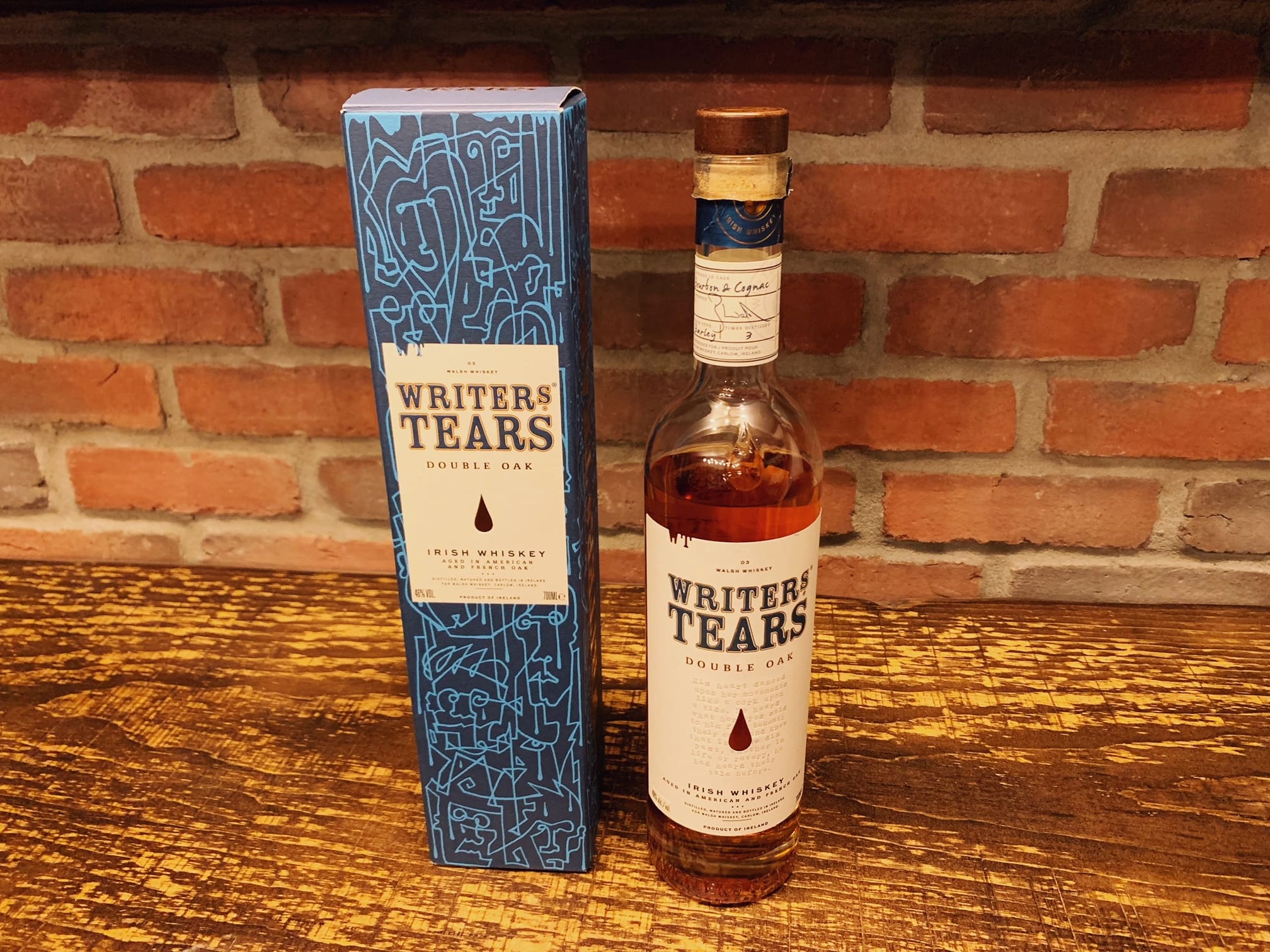
Independent and family-owned Walsh Whiskey, which was founded by Bernard and Rosemary Walsh in 1999, is known for two brands: The Irishman and Writers’ Tears, the latter of which has been performing remarkably well in Canada.
Writers’ Tears Double Oak is the newest addition to the Writers’ Tears portfolio. It’s a blend of a single malt and single pot still after a triple distillation, aged in both American oak and French oak Cognac casks from the French Allary Cooperage. Walsh first partnered with the Legaret family in Cognac, France to produce a limited edition Writer’s Tears Deau XO Cognac Cask Finish.
“Bernard loves spending his time experimenting with different barrels and the influences of the wood.… it was collaboration they’d been talking about for years and they finally got around to it,” says Brian Hogan, the International Commercial Manager for Walsh Whiskey. “We knew it was a winner. Bernard is always experimenting, sourcing different barrels, different casks, doing a number of limited editions.”
On the nose:
“Notes of vanilla coming through and poached pear.”
On the palette:
“This is where Double Oak really sets us apart from some of the other whiskeys. There’s the initial spice, which is the influence of the pot still. Very distinctive: citrus and pressed grapes almost, after that you get a lingering at the back of the palatte, that’s the single malt influence coming through. Like a really good premium whiskey, it lingers there, it gives you a bit of depth at the back of the palette, it’s an interesting whiskey, it’s well balanced. Just as it’s finishing you kind of get those chocolate undertones at the end, really nice.”
Hogan also revealed a new Writers’ Tears release will be launched in Ontario come fall that’s inspired by the Canadian market. Could a maple or rye whiskey be in store? Hogan was tight-lipped, so we’ll just have to wait and see.
Writers’ Tears Double Oak is available at the LCBO for $62.75.
Teeling Small Batch
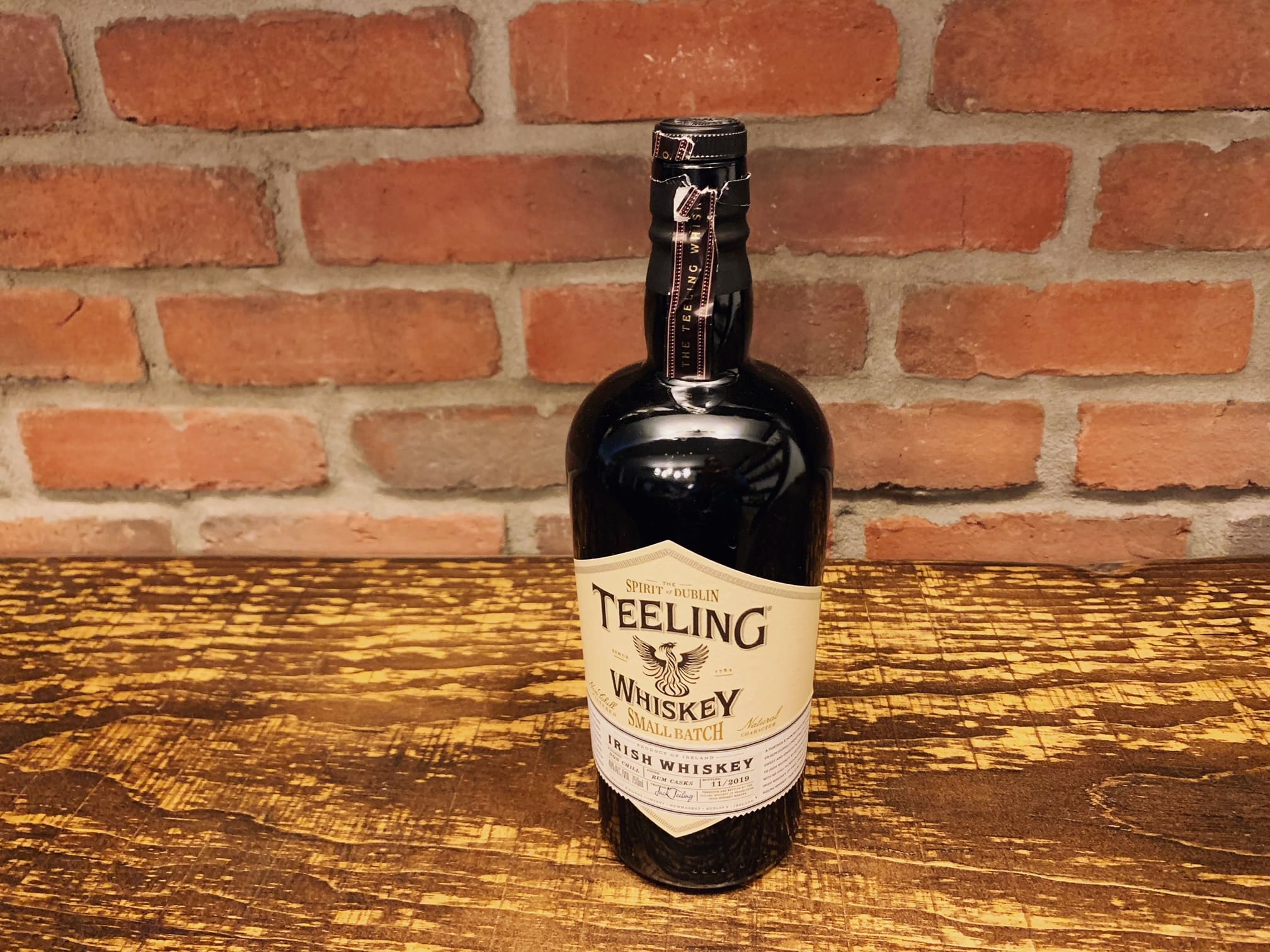
Family-owned and independently run Teeling Whiskey was the first new distillery to open in Dublin in 125 years. The company was founded by brothers Stephen and Jack Teeling — the sons of John Teeling, who notably launched Cooley Distillery. After the distillery got sold in 2008, they decided to revive the family brand of Teeling Whiskey, which can be traced all the way back to 1782.
“We’re a fully functional distillery in the heart of Dublin and every aspect of production is tailored to be liquid led,” says James Kilgannon, the brand ambassador for Teeling Whiskey, who was a geologist by trade and gave up a well paying job in the field to work in the whiskey industry. “The future is looking incredibly bright. It’s only just the beginning of the journey of the future of Irish whiskey.”
Kilgannon says the distillery experiments with a variety of grain, chocolate varieties of malt and rye, peated malt, peated pot still as well, and yeast such as champagne and white wine yeast “to see where we can pack in flavour in.”
“It’s kind of like what will Teeling put out next from stranger varieties such a ginger beer casks, plantation pineapple casks and cachacas — we like doing those more weird and wonderful stuff,” he says.
Teeling Small Batch is the foundation of everything they do at Teeling, which is now available across 80 markets. The whiskey is described as a traditional Irish blended whiskey with a modern approach using bourbon and rum casks.
“It’s aged in a number of different rum casks so we use casks from Central America primarily, Nicaragua, Martinique, Puerto Rico, it’s those rum influences that help make a smooth Irish whiskey but then also put this lively, energetic, fruity character over for a kind of modern taste.”
Teeling Small Batch retails for $51.75 at the LCBO.
Roe & Co.

Roe & Co. has found a home in the former power station for Guinness in Dublin.
“It was built in the 1940s and from 1944 to 1988 it supplied the power to the local Guinness facility and it’s been kind of left for the last 20-30 years, which is our home now in the heart of Dublin,” says Shane McCann, the brand ambassador for Roe & Co., noting the blended Irish whiskey hit the market in 2017.
“How we came about really was Diageo approached one of their master blenders, Caroline Martin, and asked her to create what they perceived was to be a modern day Irish whiskey,” he explains. “They wanted a whiskey that would go really well in cocktails and mixed drinks and stand in the centre neat by itself.”
It took 106 prototypes before Martin and Diageo bartenders put a stamp of approval on the flavour. The name Roe & Co. pays tribute to a former Dublin distillery, which in its heyday produced two million gallons of whiskey a year.
“Until the early 1920s, it was actually one of the world’s largest distilleries. It’s not the same spirit, but we were inspired by George Roe’s story,” he says, noting the distillery was the 25th to open up. “There’s a renaissance of whiskey, there’s a lot happening here at the moment.”
Meanwhile, the shape of the bottle stems from St. Patrick’s Tower, an old windmill that is the last remaining part of the former George Roe distillery. At the base of the tower is an old pear tree, which still fruits to this day. The symbol of a pear is emblazoned on the bottom of each Roe & Co. release.
On the nose and flavour:
“Leans on the sweeter side of whiskey, vanilla on the nose, it comes from the ex-bourbon casks. Spices like cinnamon and anise come through.”
Roe & Co. is available for $49.25 at the LCBO.

















